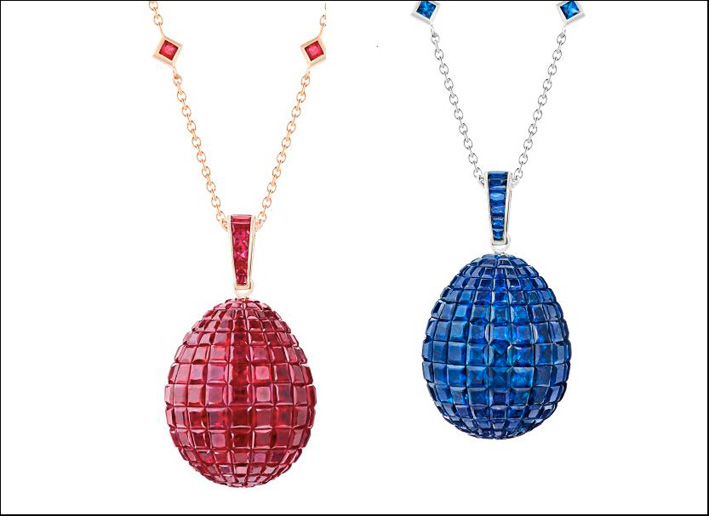Great maneuvers in the world of precious stones. The new trend, which could have significant repercussions on the market, is to combine the activity of gem mining with that of goldsmithing. In short, producer of raw material and engraver united. One of the signals was given by Gemfields, one of the major world producers of emeralds. The giant has announced that it will take over Fabergé, a famous brand that dates back to 1842: it was founded by the court goldsmith of the Russian tsars and created the legendary golden eggs, decorated with precious stones and colored enamels, a gem for the (few) collectors .

Both Fabergé and Gemfields belong to the same group, Pallinghurst Resources. Gemfields, listed in London, controls the largest emerald mine in the world, Kagem in Zambia, and aims to weigh more in rubies in Mozambique. The control of Fabergé will allow it to influence the positioning of the product and to strengthen its position on the market of colored gems, particularly in demand in times of crisis, because they are cheaper than diamonds. Fabergé, on the other hand, will benefit from the security of constant supplies. But Gemfields is not the only case: Canadian Henry Winston has already combined the sale of jewels with diamond mining and recently bought the Ekati mine. And since 2001 De Beers, in addition to mining diamonds, has entered the segment of retail jewelery sales with De Beers Diamond Jewelers, a joint venture with the French group Lvmh. Not to mention TIffanY, which is stepping up its work with mining companies, funding the development of new diamond deposits in exchange for a first refusal right on future production. It is no coincidence that it has recently announced two new agreements with Diamcor Mining and DiamondCorp. Tiffany’s strategy, CEO Michael Kowalski explained, derives from the strong growth in demand for diamonds in Asia and the difficulty in identifying new mines. So, what’s better than going to dig (almost) directly?











